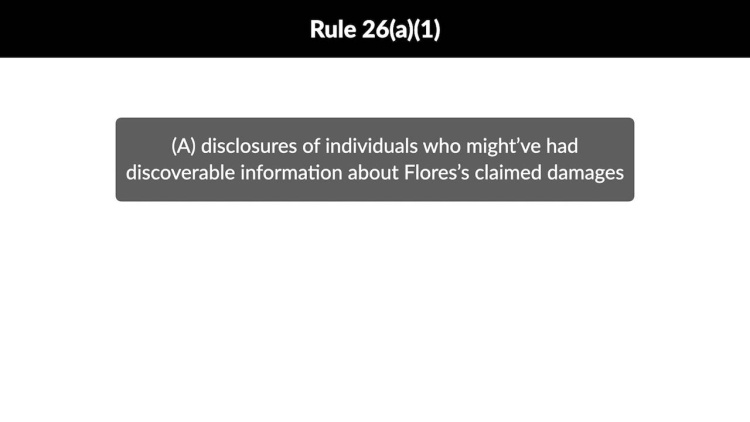Flores v. Southern Peru Copper Corp.
United States District Court for the Southern District of New York
203 F.R.D. 92 (2001)
- Written by Angela Patrick, JD
Facts
Southern Peru Copper Corporation (Southern) (defendant) was a United States corporation that opened a copper mine in Peru. This mine emitted pollutants into the surrounding air and water. After 40 years, Rodolfo Flores and other Peruvians who lived near the mine (collectively, the residents) (plaintiffs) sued Southern in United States federal court. The residents alleged that Southern’s 40 years of environmentally harmful mining activities had infringed on the residents’ rights. Southern filed a motion to dismiss the lawsuit. As required by Federal Rule of Civil Procedure (FRCP) 26, the parties provided the court with a joint report and proposed discovery plan. For the first three categories of initial disclosures required by FRCP 26(a)(1), both sides agreed to delay making the disclosures until after the court ruled on Southern’s motion to dismiss. However, the residents refused to waive the fourth initial-disclosure requirement: to provide copies of applicable insurance policies. Southern objected that it would be difficult and expensive to locate the insurance policies that might cover the relevant 40-year period and that this expense would be unnecessary if Southern’s motion to dismiss succeeded. The residents argued that Southern could produce the policies at a relatively minimal expense, but they provided no reason why the information could not be delayed. The district court considered whether Southern was allowed to delay disclosing the required insurance information.
Rule of Law
Issue
Holding and Reasoning (Haight, J.)
What to do next…
Here's why 899,000 law students have relied on our case briefs:
- Written by law professors and practitioners, not other law students. 47,000 briefs, keyed to 994 casebooks. Top-notch customer support.
- The right amount of information, includes the facts, issues, rule of law, holding and reasoning, and any concurrences and dissents.
- Access in your classes, works on your mobile and tablet. Massive library of related video lessons and high quality multiple-choice questions.
- Easy to use, uniform format for every case brief. Written in plain English, not in legalese. Our briefs summarize and simplify; they don’t just repeat the court’s language.






